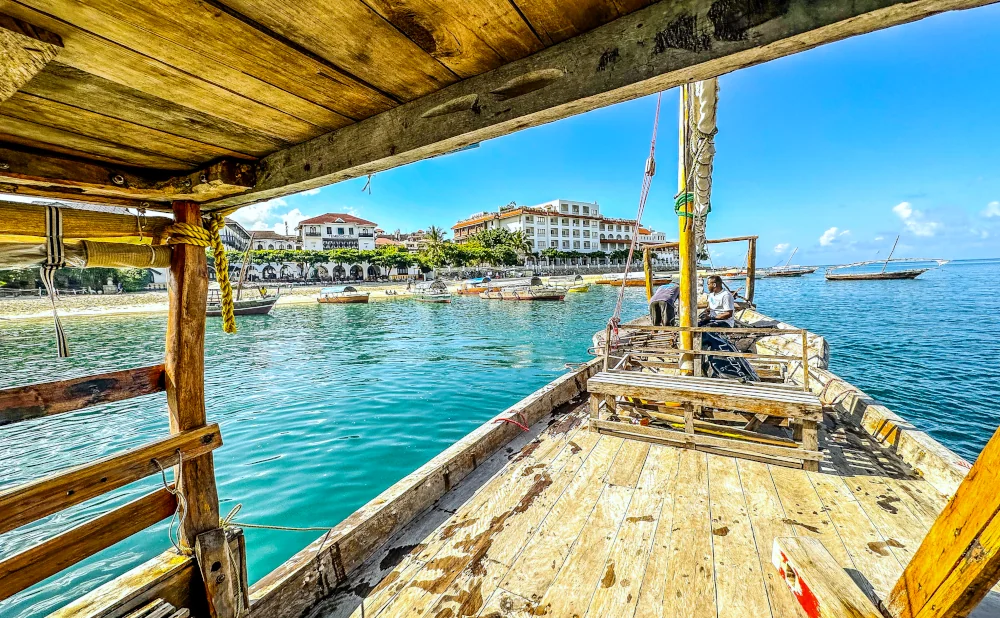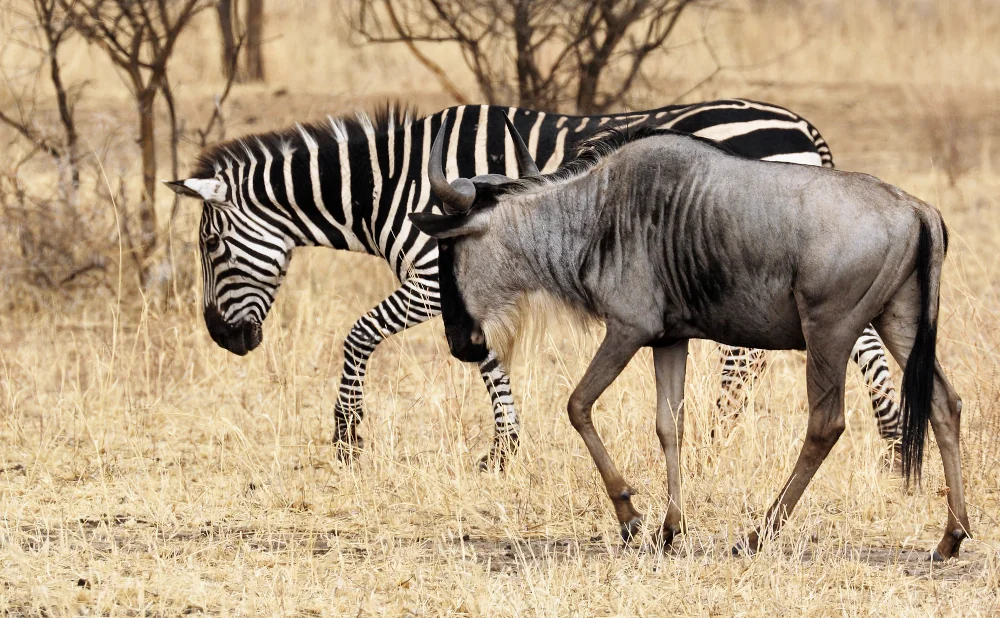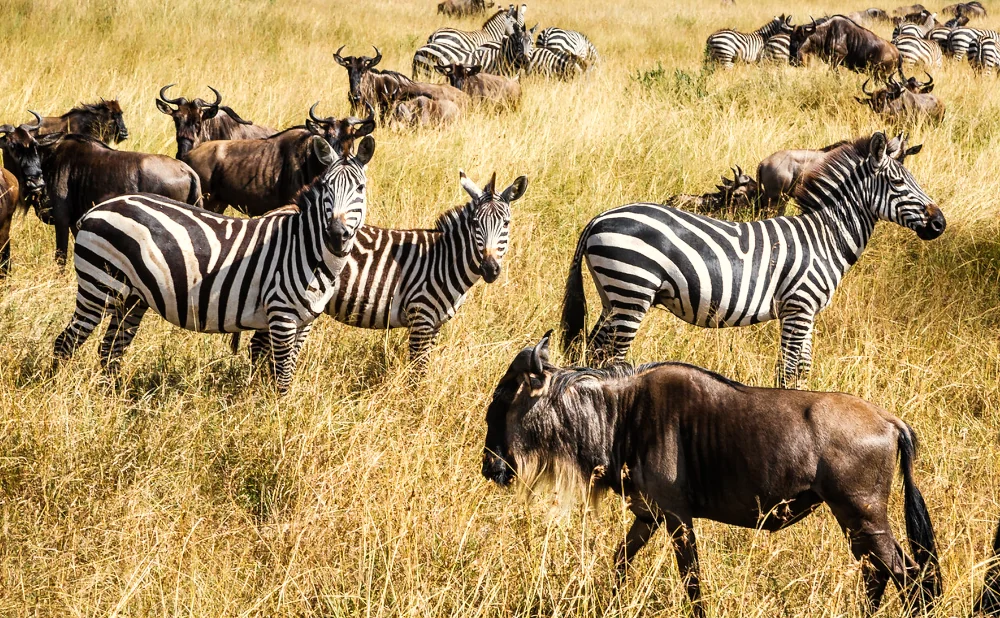african tribes in tanzania
Tanzania is a country rich in culture and diversity, home to over 120 different ethnic groups. Each of these tribes brings its own unique traditions, languages, and customs, contributing to the vibrant tapestry of Tanzanian culture. The diverse practices, beliefs, and lifestyles of these tribes form a significant part of Tanzania's national identity, illustrating a mosaic of history and tradition that continues to evolve. In this article, we will explore some of the most well-known African tribes in Tanzania, their cultures, and how they form a crucial part of the African community.
The relationship between the tribes and their environments is pivotal, as it not only shapes their daily lives but also influences their cultural development. The tribes' adaptability and resilience in the face of external pressures and modernization offer profound insights into sustainable living and cultural preservation. By understanding these tribes, we gain a deeper appreciation of the complexity and richness of human societies.
Maasai Tribe
The Maasai tribe is perhaps the most famous tribe in Tanzania, known globally for their distinctive customs and dress. They inhabit the northern regions of Tanzania and southern Kenya, living in close harmony with the wildlife that surrounds them. Their striking appearance and cultural practices have made them a symbol of African tribal identity across the world.
Cultural Practices
The Maasai are pastoralists, herding cattle, goats, and sheep across the semi-arid landscapes. Cattle are central to their way of life, not only as a food source but also as a measure of wealth and social standing. The Maasai believe that all cattle on earth are divinely gifted to them, which underscores the importance of cattle in their society. This belief system forms the backbone of their economy and social structure, influencing everything from marriage to spiritual rituals.
Traditionally, Maasai men wear red shukas and women adorn themselves with intricate beadwork, each color and design holding symbolic meaning. Their unique jumping dance, known as the "Adumu," is a rite of passage for young warriors. This dance is not only a display of physical prowess but also a social event that strengthens community bonds and reinforces cultural values. The Maasai's oral traditions and storytelling further enrich their cultural heritage, ensuring that their history and knowledge are passed down through generations.
Challenges and Adaptation
Despite their strong cultural identity, the Maasai face challenges such as land encroachment and climate change. These issues threaten their traditional lifestyle, as grazing lands are reduced and weather patterns become unpredictable. However, they continue to adapt while striving to maintain their cultural heritage. Some Maasai communities are engaging in eco-tourism and conservation efforts, finding new ways to balance modernity with tradition. These adaptive strategies highlight the Maasai's resilience and their commitment to preserving their way of life for future generations.
Hadzabe Tribe
The Hadzabe tribe is one of the last remaining hunter-gatherer tribes in Africa. They reside around Lake Eyasi in central Tanzania and have lived in the region for thousands of years. Their way of life offers a rare window into the ancient human past, providing valuable insights into the lifestyles of early humans.
Lifestyle and Traditions
Hadzabe life revolves around hunting and gathering. Men typically hunt game using bows and arrows, while women gather fruits, berries, and tubers. This division of labor reflects a deep understanding of their environment, enabling them to live sustainably off the land. Their language, with its distinctive click sounds, reflects their deep connection to the land and nature, providing a unique way of expressing their cultural narratives and environmental knowledge.
The Hadzabe live in temporary shelters and move frequently to follow the seasonal availability of food. They value community and sharing, with no formal leadership structure. This egalitarian lifestyle fosters a strong sense of community, where decisions are made collectively, and resources are shared equitably. The Hadzabe's way of life is underpinned by respect for nature and each other, illustrating a harmonious existence that is increasingly rare in today's world.
Preservation Efforts
The Hadzabe face pressures from external influences, including land development and tourism. These pressures threaten their traditional lands and way of life, posing significant challenges to their cultural survival. There are ongoing efforts to preserve their way of life and protect their ancestral lands. Conservationists and local organizations are working with the Hadzabe to secure land rights and promote sustainable tourism practices that benefit the community without compromising their cultural integrity.
Chaga Tribe
Nestled on the fertile slopes of Mount Kilimanjaro, the Chaga tribe is known for their agricultural prowess. They are among the wealthiest and most educated tribes in Tanzania, with a rich history of trade and innovation. Their strategic location has allowed them to thrive economically and culturally.
Agricultural Innovations
The Chaga have developed sophisticated farming techniques, including irrigation systems and terrace farming, to cultivate bananas, coffee, and other crops. These innovations have made them successful farmers and traders, enabling them to build a robust local economy. Their agricultural expertise is a testament to their adaptability and ingenuity, allowing them to maximize the potential of their environment.
The Chaga's success in agriculture has also facilitated educational and infrastructural advancements within their communities. They have invested in schools and healthcare facilities, contributing to their reputation as one of the most progressive tribes in Tanzania. This focus on education and development has empowered the Chaga to maintain a strong cultural identity while embracing modernity.
Social Structure and Beliefs
Chaga society is organized into clans, with a strong emphasis on family and community. This clan system provides social cohesion and structure, ensuring that cultural traditions are upheld and passed down through generations. They practice a mix of traditional beliefs and Christianity, celebrating vibrant festivals and ceremonies that reflect their dual spiritual heritage.
The Chaga's ability to integrate traditional beliefs with modern religions underscores their cultural adaptability. These festivals and ceremonies are not only religious observances but also opportunities for community gathering and cultural expression. The Chaga's rich cultural tapestry is a reflection of their historical interactions and openness to change.
Sukuma Tribe
As the largest ethnic group in Tanzania, the Sukuma tribe resides in the northwestern region, primarily around Lake Victoria. Their significant numbers and strategic location have made them influential in Tanzania's cultural and economic landscape.
Economic Activities
The Sukuma are predominantly farmers and cattle herders. They grow crops such as rice, maize, and cotton, contributing significantly to the country's agricultural output. Their agricultural activities are central to their economy, providing livelihoods for many and supporting Tanzania's food security.
In addition to farming, the Sukuma engage in various forms of trade and commerce, leveraging their strategic position near Lake Victoria. This economic versatility has allowed them to thrive and adapt in a rapidly changing world, ensuring their cultural and economic resilience.
Cultural Celebrations
The Sukuma are renowned for their cultural dances, especially the "Bujora" dance, which is performed during celebrations and ceremonies. Music and dance are integral to their cultural identity, serving as a means of storytelling and communal bonding.
These cultural expressions are not only artistic but also serve to reinforce social values and historical narratives. The Sukuma's vibrant cultural life is a testament to their enduring traditions and their ability to maintain a strong sense of identity amidst change.
Cultural Significance
The diverse tribes of Tanzania each have a unique cultural identity, yet they share common values such as community, respect for nature, and resilience. This cultural diversity is a source of national pride and a vital aspect of Tanzania's identity. The interplay between tradition and modernity seen in these tribes highlights the dynamic nature of culture and the importance of preserving heritage while embracing change.
The tribes' rich cultural legacies contribute to Tanzania's status as a cultural hub in Africa, attracting scholars, tourists, and cultural enthusiasts from around the world. Their stories and practices offer valuable lessons in sustainability, community living, and the celebration of diversity.
Conclusion
The African tribes in Tanzania offer a glimpse into the rich tapestry of African cultures and communities. They embody a deep connection to the land, a respect for tradition, and an ability to adapt in the face of modern challenges. Understanding and preserving these cultures is essential for maintaining the cultural richness of Tanzania and Africa as a whole.
By exploring these tribes, we can appreciate the diversity and complexity of African societies and gain insights into the values that bind communities together. As Tanzania continues to grow and evolve, the unique contributions of its tribes will remain a cornerstone of its national identity.
In conclusion, the vibrant cultures of Tanzania's tribes are a testament to the resilience and richness of African heritage. Whether through the colorful beads of the Maasai, the hunting traditions of the Hadzabe, the agricultural innovations of the Chaga, or the lively dances of the Sukuma, these tribes offer invaluable insights into the essence of African culture. Their stories and traditions remind us of the importance of cultural preservation and the enduring power of community and identity in a rapidly changing world.











